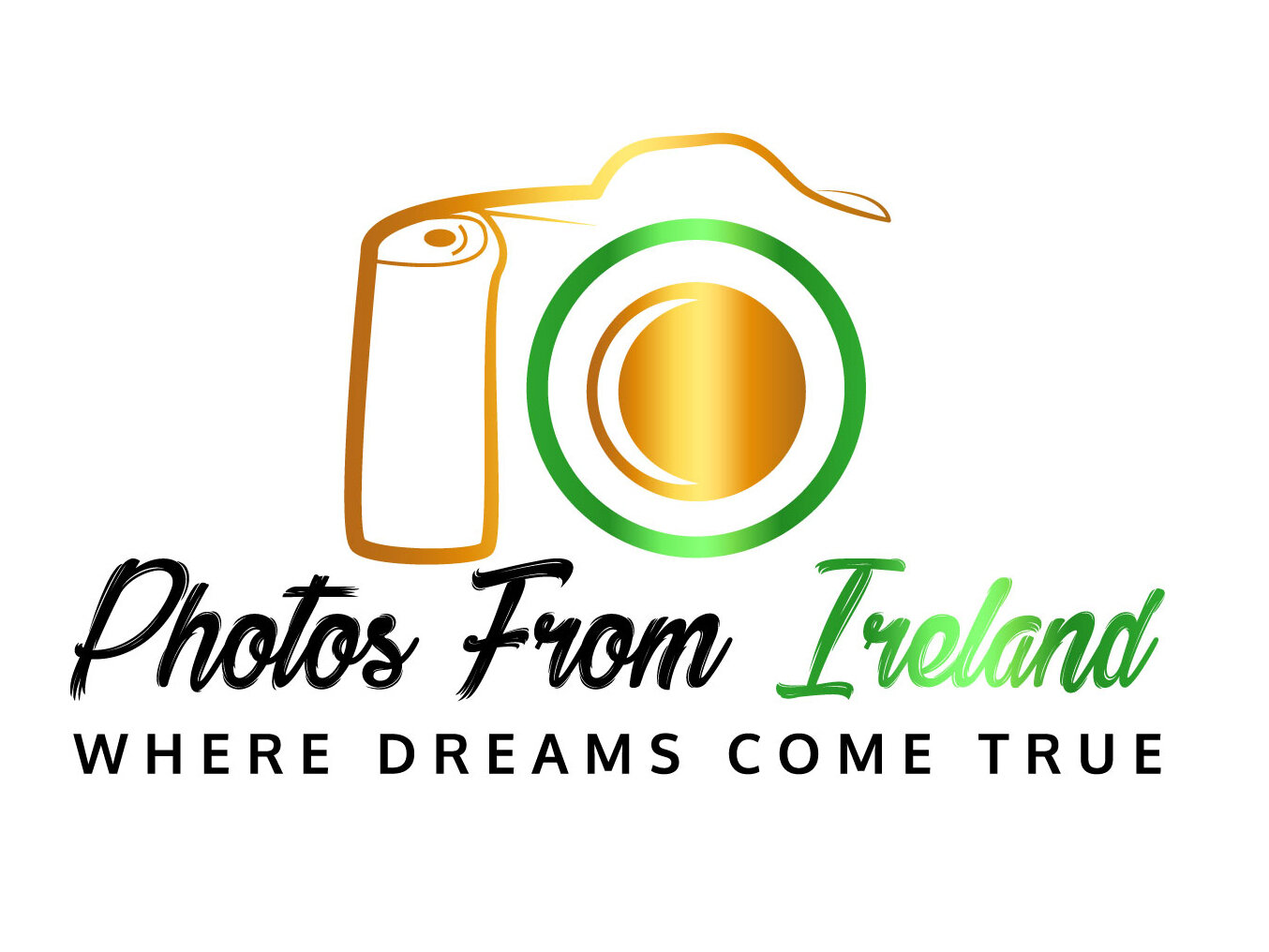Northern Lights - Aurora Borealis Ireland 6
Northern Lights - Aurora Borealis Ireland 6
The beautiful Aurora Borealis - the Northern Lights - Size is 18 X 6.75
This can be made to custom sizes, please contact us for more information.
WHAT ARE NORTHERN LIGHTS?
The bright dancing lights of the aurora are actually collisions between electrically charged particles from the sun that enter the earth's atmosphere. The lights are seen above the magnetic poles of the northern and southern hemispheres. They are known as 'Aurora borealis' in the north and 'Aurora australis' in the south.
Auroral displays appear in many colours although pale green and pink are the most common. Shades of red, yellow, green, blue, and violet have been reported. The lights appear in many forms from patches or scattered clouds of light to streamers, arcs, rippling curtains or shooting rays that light up the sky with an eerie glow.
Check out my blog about the Northern Lights - Aurora Borealis click here
Check out our Youtube channel click here
WHAT CAUSES THE NORTHERN LIGHTS?
The Northern Lights are actually the result of collisions between gaseous particles in the Earth's atmosphere with charged particles released from the sun's atmosphere. Variations in colour are due to the type of gas particles that are colliding. The most common auroral color, a pale yellowish-green, is produced by oxygen molecules located about 60 miles above the earth. Rare, all-red auroras are produced by high-altitude oxygen, at heights of up to 200 miles. Nitrogen produces blue or purplish-red aurora.
BEST PLACES IN IRELAND TO SEE THEM?
Co. Donegal in Ireland is one of the best locations in the country due to it being far north with very dark clear skies. The Inishowen area in particular is an ideal perfect location and even if you don't see them we still have amazing dark skies full of stars. Best times of the year to have a chance to see them are from October to April, but you must have no cloud, no rain or snow and very little moon light with no light pollution from nearby towns and villages. A lot of luck is needed as well when looking for them.
Check out my blog about the Northern Lights - Aurora Borealis click here

